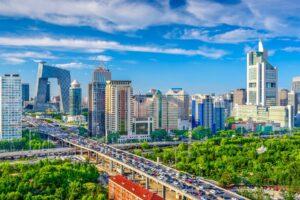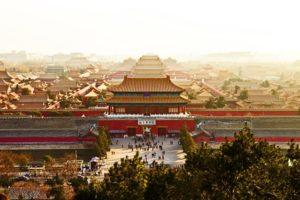Fodor's Expert Review Liulichang
This quaint old street is best known for its antiques, books, and paintings. The street has been completely restored and a multitude of small shops, many privately owned, make it a fun place to explore, even if you're just window-shopping. Liulichang, often referred to as "Antiques Street," was built more than 500 years ago during the Ming Dynasty. It was the site of a large factory that made glazed tiles for the Imperial Palace. Gradually other smaller tradesmen began to cluster around, and at the beginning of the Qing Dynasty, booksellers began to move in. The area became a meeting place for intellectuals and a prime shopping district for art objects, books, handicrafts, and antiques. In 1949, Liulichang still had over 170 shops, but many were taken over by the state; the street was badly ransacked during the Cultural Revolution. Following large-scale renovation of the traditional architecture, the street reopened in 1984 under the policy that shops could only sell arts, crafts, and... READ MORE
This quaint old street is best known for its antiques, books, and paintings. The street has been completely restored and a multitude of small shops, many privately owned, make it a fun place to explore, even if you're just window-shopping. Liulichang, often referred to as "Antiques Street," was built more than 500 years ago during the Ming Dynasty. It was the site of a large factory that made glazed tiles for the Imperial Palace. Gradually other smaller tradesmen began to cluster around, and at the beginning of the Qing Dynasty, booksellers began to move in. The area became a meeting place for intellectuals and a prime shopping district for art objects, books, handicrafts, and antiques. In 1949, Liulichang still had over 170 shops, but many were taken over by the state; the street was badly ransacked during the Cultural Revolution. Following large-scale renovation of the traditional architecture, the street reopened in 1984 under the policy that shops could only sell arts, crafts, and cultural objects. Today the street is a mixture of state-run and privately owned stores.
READ LESS







